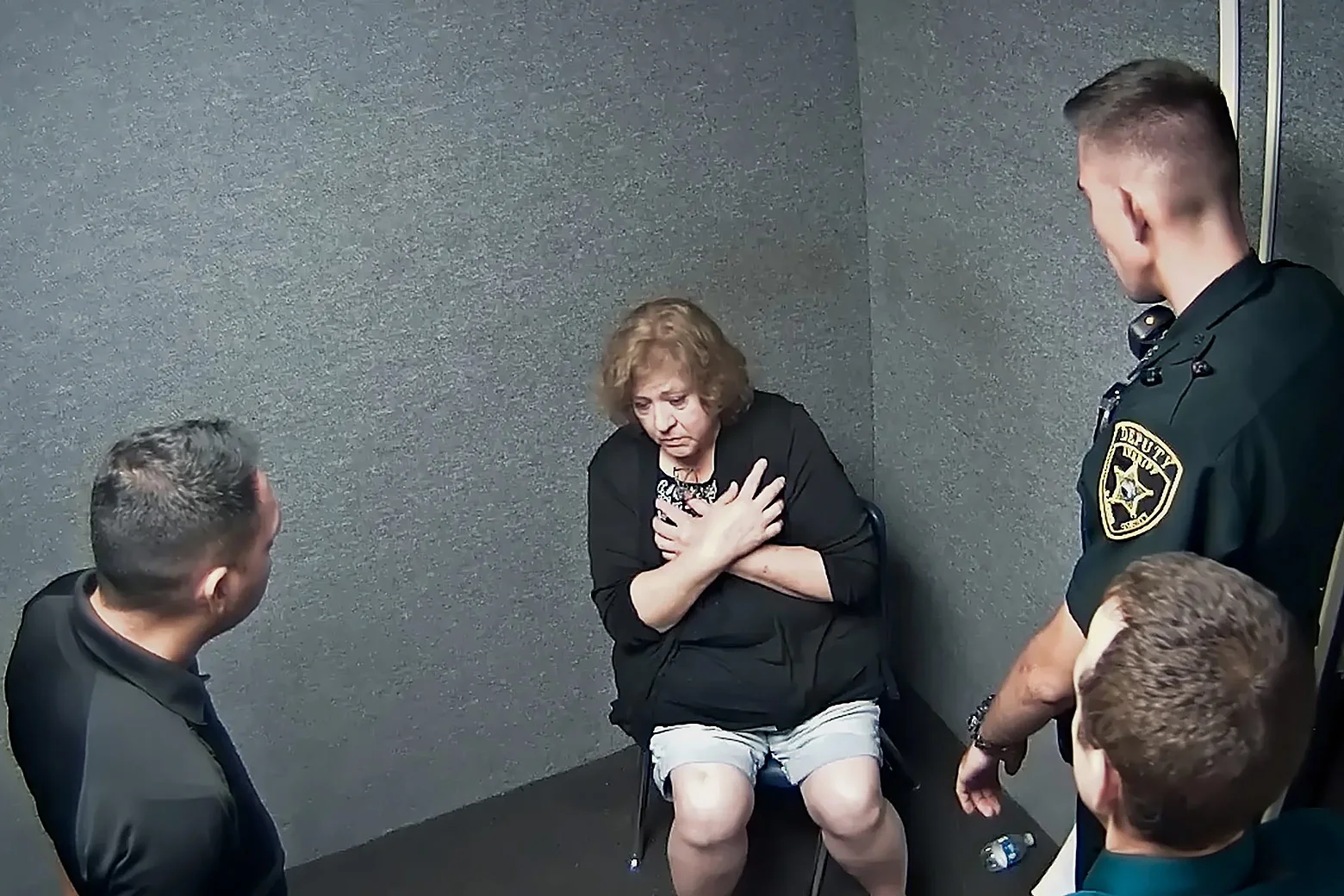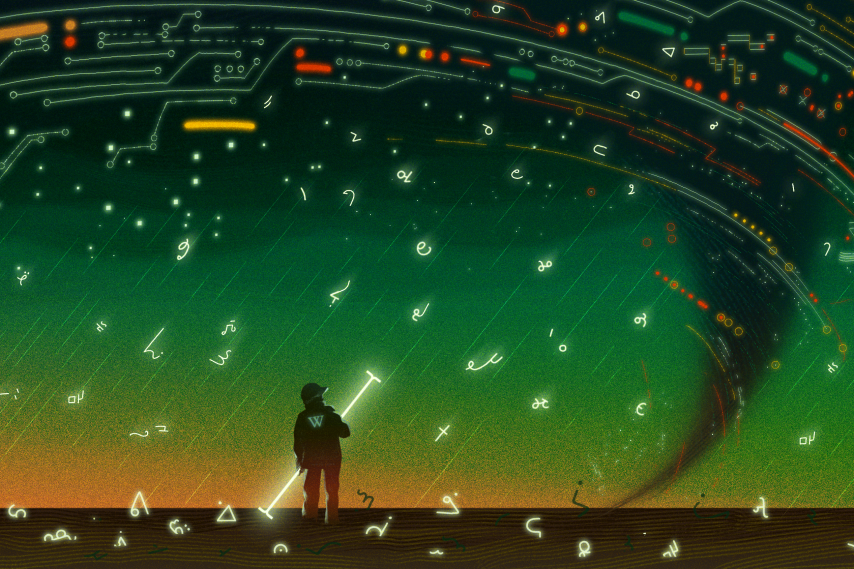Copyright Slate

For anyone who grew up in a time when accessing a movie or an album or a book required some kind of effort, the age of instant digital access can seem like a minor miracle—at least, when you stop to think about it, which the algorithmic ecosystem is increasingly designed to discourage. In Liz Pelly’s book Mood Machine: The Rise of Spotify and the Costs of the Perfect Playlist, a former Spotify editor says that one of the company’s goals is “trying to reduce friction and cognitive work” involved in picking one of the streaming giant’s more than 100 million songs, a goal that, Pelly writes, has produced “a deluge of frictionless music: an ease of use that, in turn, facilitated easy listening.” You don’t have to think about what you’re listening to, even while you’re listening to it. It’s the musical equivalent of Erica Jong’s “zipless fuck,” a mutually satisfying arrangement that requires no commitment in advance and demands no attachment after the fact. Movies and TV don’t fade into the background quite as easily as music does, but Netflix prides itself on making viewing as zipless as possible. A show like The Diplomat solicits your attention in fits and starts; you can tune in for the big moments, tune out for the rest, and never feel like you’ve missed a thing. The only thing you can’t do is stop. The instant an episode ends, another one starts to roll, and when you’ve finished the show, another one pops up in its place, because allowing even a second of quiet means you might consider doing something else. That’s fine when you want to spend a half-engaged night on the couch, but it presents a problem when the thing you’re watching demands that you stop and think. When I saw The Perfect Neighbor at Sundance in January, Geeta Gandbhir’s documentary struck me as a chilling and provocative look at the limits of policing, particularly when the laws the police are called to enforce present more of a problem than a solution. Told largely through footage taken from police body cams, the movie follows the escalating conflict between Susan Lorincz, a middle-aged woman who lives alone in a Florida subdivision, and the largely Black families around her, whose children she regards as an intolerable nuisance and, eventually, a threat. Locking the audience into the cops’ point of view presents a substantial challenge: We see only what they see, which means we’re only present in or shortly after moments of conflict, with no way to resolve the differing accounts of what happened. But the film festival audience, I thought, would understand that limitation as I did: as an invitation to question the limits of our own perception, and the consequences of leaving the resolution of potentially violent disputes in the hands of an institution that only comes when they’re called. I knew at the time there was another way to watch A Perfect Neighbor: as a found-footage horror movie about an unhinged Karen who kills an innocent Black mother of four. The movie gives us ample reason to despise Lorincz, whose main complaint is that the neighborhood children like to play in the vacant grass lot next to her house. She calls in trespassing complaints despite the fact that neither she nor her landlord owns the plot in question, and the kids tell the police that she frequently yells racist invective at them. But because the police are never around when it happens, all they do is take down a few notes and leave, pleading with the parties to keep their distance. “I have to believe you,” a white female cop tells Lorincz, “but I also have to believe them.” An opening flash-forward showing a police car barreling down rural roads at night while anguished calls come over the radio tells us a serious confrontation is on the way, and when, a few minutes after that, voices start talking about Ajike “AJ” Owens in the past tense, all that’s left is to wonder when the dreadful moment will arrive. Given that The Perfect Neighbor opens with such an overused streaming-era device, it wasn’t surprising when it sold to Netflix for a reported $5 million. And the size of Netflix’s platform matches the importance of its subject, which hinges on the dangers of Florida’s “stand your ground” laws, which can act as a perverse incentive for gun owners to lure others into a deadly confrontation and get off scot-free. But being on Netflix doesn’t just broaden the movie’s audience. It also changes the way they experience it, or at least opens up a range of not entirely salutary possibilities. On Netflix, The Perfect Neighbor isn’t slotted alongside other thought-provoking documentaries from the film-festival circuit. It’s cheek by jowl with vile, vacuous trash like Unknown Number: The High School Catfish, movies that sensationalize the worst of human behavior for our guilty enjoyment. And it’s been a runaway hit—the top movie or show on any streaming service last week. (On Netflix’s daily charts, it’s currently lodged between the new Kathryn Bigelow thriller and KPop Demon Hunters.) But I can’t help but wonder what movie all those people are watching: the thoughtful deconstruction or the lurid morality play. Attentive viewers will watch for the edits and note the subtle hints of music that sustain the sense of impending doom, but for many the movie will play like a feature-length version of the doorbell-camera videos that pop up in their Instagram and TikTok feeds, an unmediated spectacle presented for their voyeuristic enjoyment. In January, Gandbhir told an interviewer that she did “not think of this film as true crime,” but that’s how the service categorizes it. “You’re making something that hasn’t been seen before,” Gandbhir said, “and that can also be problematic in this culture where so much is algorithm-based.” And indeed, when I finished The Perfect Neighbor, Netflix’s algorithm had the perfect suggestion for what to watch next: the Ryan Murphy series about the notorious serial killer Ed Gein. The Perfect Neighbor has other issues, too, like the fact that Ajike Owens was a close friend of Gandbhir’s family—a connection the director has discussed freely in interviews but the movie never discloses. That’s the kind of tie that would get a reporter taken off the story, and while documentaries aren’t governed by the same rules as journalism, it made me question the movie’s point of view. The movie paints Lorincz as a monster—in the New Yorker, Jessica Winter confessed that she hadn’t “felt such visceral and intensely gendered loathing for a documentary termagant since Dear Zachary”—and departs from its body-cam framing to show interrogation footage in which the police question her about researching “stand your ground” statutes before the shooting. But at Lorincz’s sentencing hearing in November, two months before the film’s premiere, her sister testified that Lorincz had been sexually abused as a child, and in the film, an early hint of her volatility comes when Lorincz finds herself on the wrong side of a locked gate and smashes her truck through it, apparently unable to control her panic at the thought of being confined. When she explains her reaction by telling the police she was “previously raped and beaten,” it sounds as if she’s wildly flailing for any available excuse. (Earlier, she insists she be referred to as “Dr. Lorincz,” despite no indication that she has earned the title.) But that’s because the police don’t have any context for her claim—and neither, circumscribed by their perspective, do we. That doesn’t make Ajike Owens’ death less of an outrage, or Lorincz’s behavior any more excusable. But it does suggest that what we’re looking at is the evidence of not just one but multiple failed systems: one that should have protected Owens from Lorincz, and one that should have protected Lorincz from herself.



